Looking into the future, many of the complexities related to employment-based immigration will continue to challenge applicants. Despite policy hurdles, there is some evidence that immigration levels in the United States are bouncing back as COVID-19 restrictions continue to ease.
Visa and Citizenship Approvals Have Increased
During the COVID-19 pandemic, immigrant naturalizations in the U.S. decreased. That trend is reversing now. In 2022 only, 900,000 immigrants became U.S. citizens, the highest annual number in a decade, according to a Pew Research Center report. In addition, immigration levels to the U.S. have increased: the Pew Research Center also indicates that about 282,000 people received green cards in July- September 2021; this number was higher than in any quarter since April-June 2017.
The U.S. State Department has stated that they expect the number of temporary visas to return to pre-pandemic levels in 2023 due to the government’s overall process improvements and hiring surge. The agency has rolled out plans to reassign and redistribute cases across consular posts. They have done so in an attempt to decrease backlogs and waive in-person interviews for certain visa types to reduce processing times.
The United States Citizenship and Immigration Services (USCIS) has also stated that they will change their internal procedures in 2023. Specifically, they have indicated that they plan to improve their operations and processing time in the following ways. For example,
- Implementing premium processing for more petition types
- Reducing biometric requirements for specific application types
- Simplifying several common forms to minimize processing time for work permits, adjustment of status, and naturalization
Fees for Some Immigration Applications May Increase
Filing fees have remained consistent for six years, but the Biden Administration has proposed increasing some immigration filing fees this year. The USCIS issued a fee proposal at the beginning of January 2023 that would keep costs for low-income immigrants and naturalization applicants low if it is finalized. The new fee structure would significantly raise most employment-based visa and green card application fees.
Specifically, the adjustment of status (green card) costs for application would go from $1,760 to $3,500. Additionally, the USCIS would begin charging for optional work and travel permit forms. These forms allow applicants to travel abroad while their green card applications remain pending. These forms used to be free. Some employment-based visas would jump even more, including EB-5 and H-1B visas. Companies that regularly sponsor employees should be aware that the fees may increase significantly.
Contact a Chicago Employment-Based Immigration Attorney
Staying informed about changes to immigration policy and how they may affect your company is essential. If you regularly sponsor employees or you are an employee pursuing a green card, the attorneys at Ray Law International are here to help. We provide clients with effective legal counsel, assisting in navigating the complex process of obtaining employment visas. Contact Ray Law International to schedule a case evaluation.


